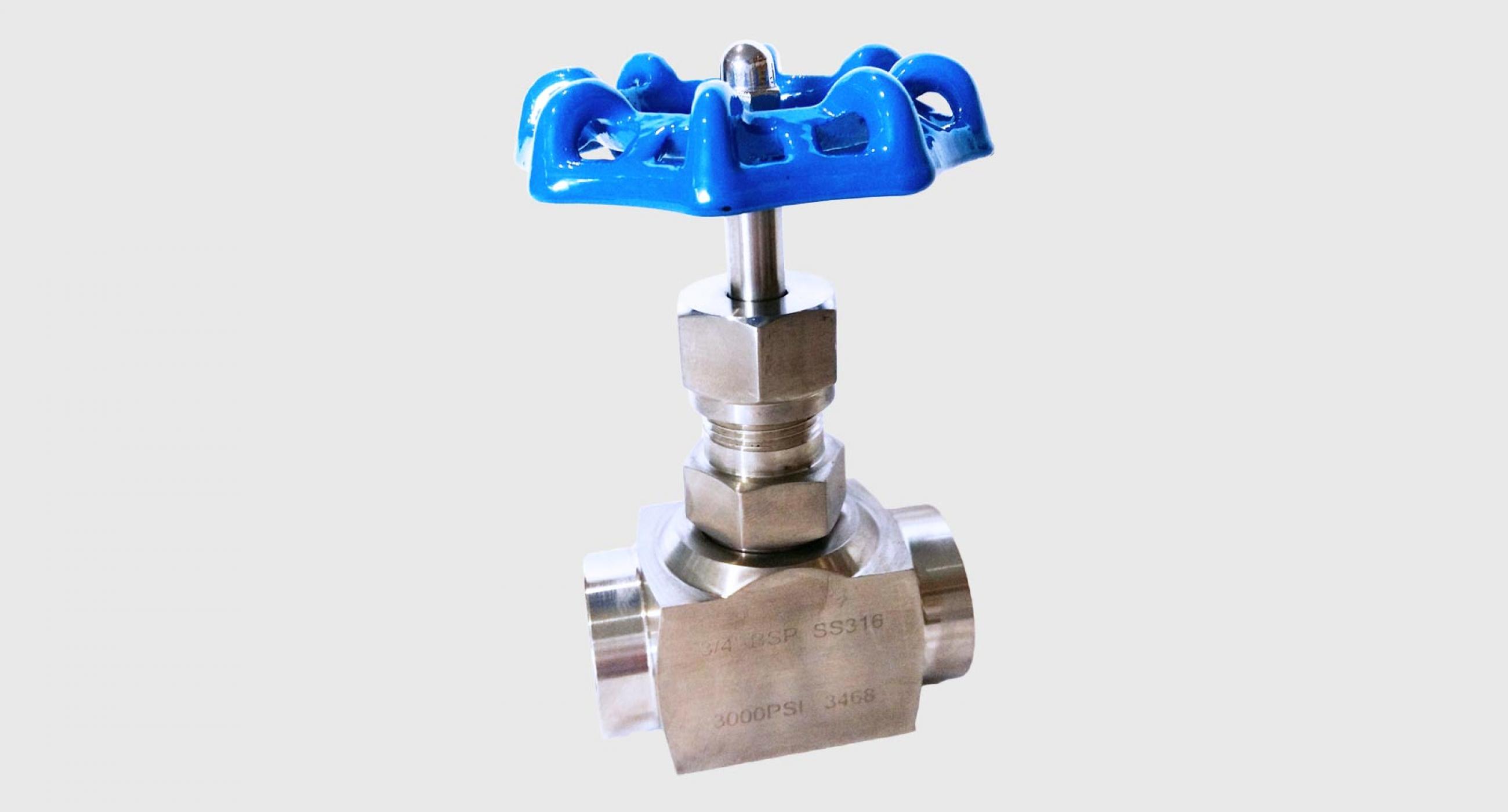What is the needle valve?
The
needle valve is a globe valve with plug shutter which, belonging to this category of valves, allows to adjust a parameter between flow rate and pressure by modifying the flow of the fluid leaving a duct under pressure.
The needle valve represents an optimal solution for the regulation and management of fluids within company systems and laboratories. In fact, having an accurate control is essential in this type of systems where having fluctuations or variations in the parameters can lead to undesirable consequences and, in the case of the laboratory, to incorrect results that can negatively influence the business process.
The design and study of this type of valve is done keeping in mind the main underlying problem, namely cavitation, especially if the passage is very narrow and implies a following very important expansion of the fluid.
The fundamental components of a needle valve
The needle valve is characterized, like all types of valves, by different components:
- The body: generally spherical shape (from which the name "globe" derives to indicate the macro-category to which it belongs) represents the external envelope and the connection point with the system;
- The stuffing box: consists of a series of seals that isolate from the external environment;
- The shutter: connected to the stem, it takes care of regulating the flow;
- The stem: regulates the movement of the shutter and represents the moving part of the valve;
- The sealing seat: necessary to ensure optimal movement in the correct direction.
Although these are the main components of the needle valve, by changing the shutter it is possible to obtain different globe valves with purposes that are also different from those mentioned for this type of valve.
The materials of needle valves
Needle valves are characterized by different constituent materials:
- Stainless steel: is the main material and is suitable for all applications where both good mechanical properties and high corrosion resistance must be guaranteed.
- PTFE with graphite: it is a high-performance polymeric material that has excellent thermal and chemical resistance as well as high wear resistance and low coefficient of friction. The addition of graphite allows to improve the mechanical properties and dimensional stability of the gaskets.
- Stellite: used as a coating for stainless steel, it is a cobalt-chromium alloy characterized by very high hardness, high toughness and temperature resistance. It also has good resistance characteristics with regard to corrosion.
As seen, the materials used are suitable for use in the applications that needle valves usually cover. The traceability of the material in order to ensure the safety of the system and the customer is guaranteed by compliance with the EN10204 certification.
Typical uses of needle valves
Needle valves, as described previously, are ideal components for the construction of systems where correct flow management is required. In particular, they allow to maintain a controlled, constant and low pressure flow while connecting to pipes and ducts with fluids conducted at high pressure. These valves, thanks to these formidable characteristics, although declined in the various forms available both in terms of models and materials, are used in numerous fields:
- Carburetors: they do not use a real needle valve but it is generically described as such. In fact, the needle is conical but does not rest on a conical closure, but on a square base.
- Gas management systems: being able to reduce high flow rates or pressures, they represent key elements in this type of system. A particular case is that of NH3 ammonia treatment systems, such as those of chemical laboratories.
- Heating systems: these valves also play a central role in this type of system, allowing correct flow management and optimal regulation.
As in all components, the correct choice of the production process and of the material, combined with compliance with stringent regulations, is essential to obtain an efficient and effective product: without these precautions, the vastness of applications is superfluous.
